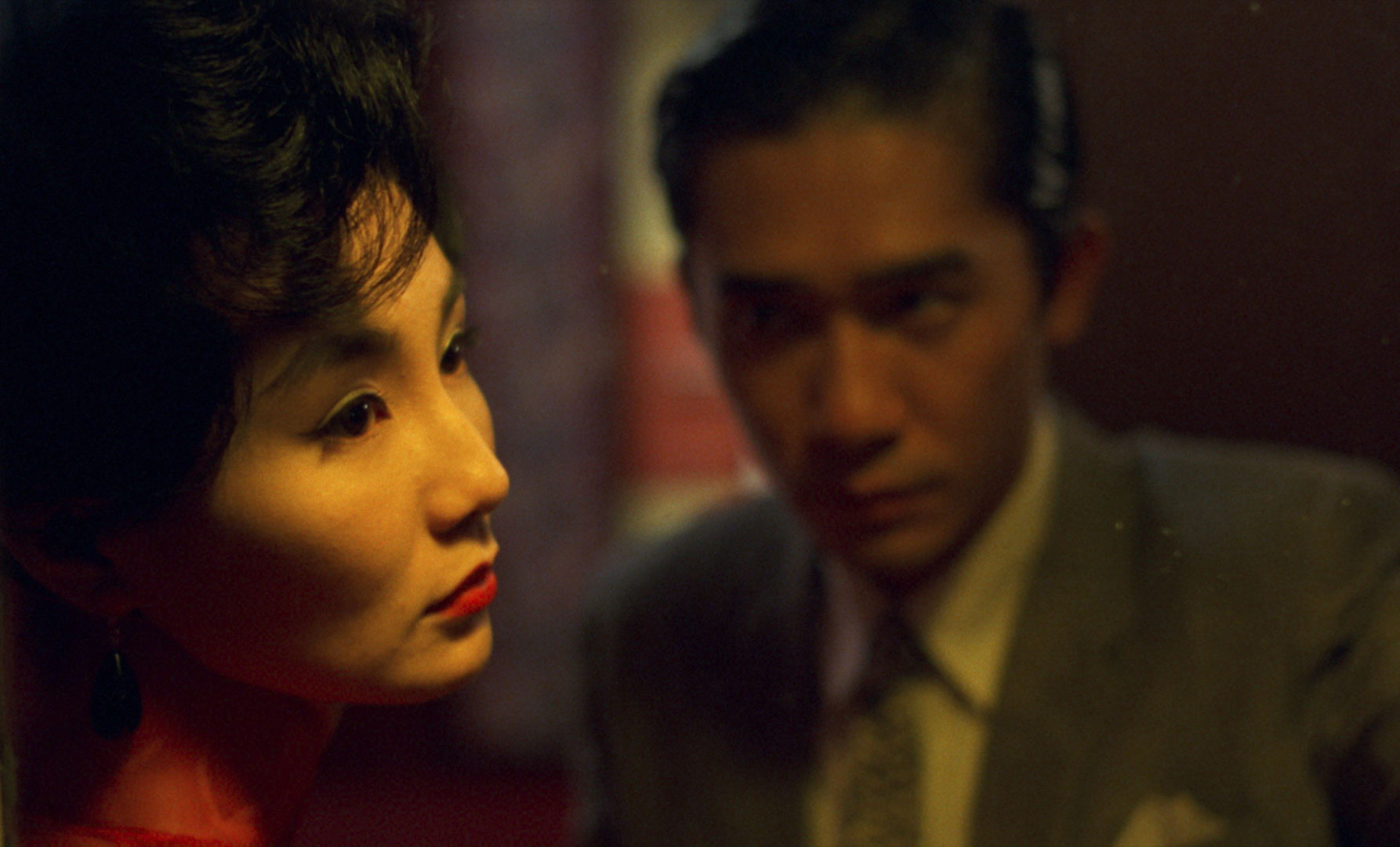It’s doubtful that anyone who has seen it ever forgets it. Wong Kar-wai’s In the Mood for Love leaves a mark on you, like the ghost imprint of the touch of a long-lost lover. Maggie Cheung and Tony Leung, two of the most beautiful actors in screen history, star as neighbors in a Hong Kong apartment building, circa 1962, who discover that their respective spouses are involved in an affair. They have already noticed one another, of course, passing on the stairs of their local noodle shop, each carrying home a takeout dinner to be eaten in solitude; they barely exchange glances, each adhering to an internal code of propriety, yet the air around them seems more golden when they’re near each other. They become cautious friends, wary of becoming lovers, but their connection intensifies even so. And though they barely touch, the erotic tenderness between them seems to hover in a space outside of time itself. Wong never gave these two actors a full screenplay before shooting the film. They would receive new script pages each day, feeling their way toward the completed movie over 15 months. The process, Cheung has said, was exasperating, even though she had worked with Wong several times before. She vowed never to do so again—but then she saw the finished product, and her anger dissipated. Nearly every frame of In the Mood for Love is burnished with a romantic glow. It’s the most luxurious and hypnotic film about longing ever made.
- The 100 Most Influential People of 2024
- Coco Gauff Is Playing for Herself Now
- Scenes From Pro-Palestinian Encampments Across U.S. Universities
- 6 Compliments That Land Every Time
- If You're Dating Right Now, You're Brave: Column
- The AI That Could Heal a Divided Internet
- Fallout Is a Brilliant Model for the Future of Video Game Adaptations
- Want Weekly Recs on What to Watch, Read, and More? Sign Up for Worth Your Time
